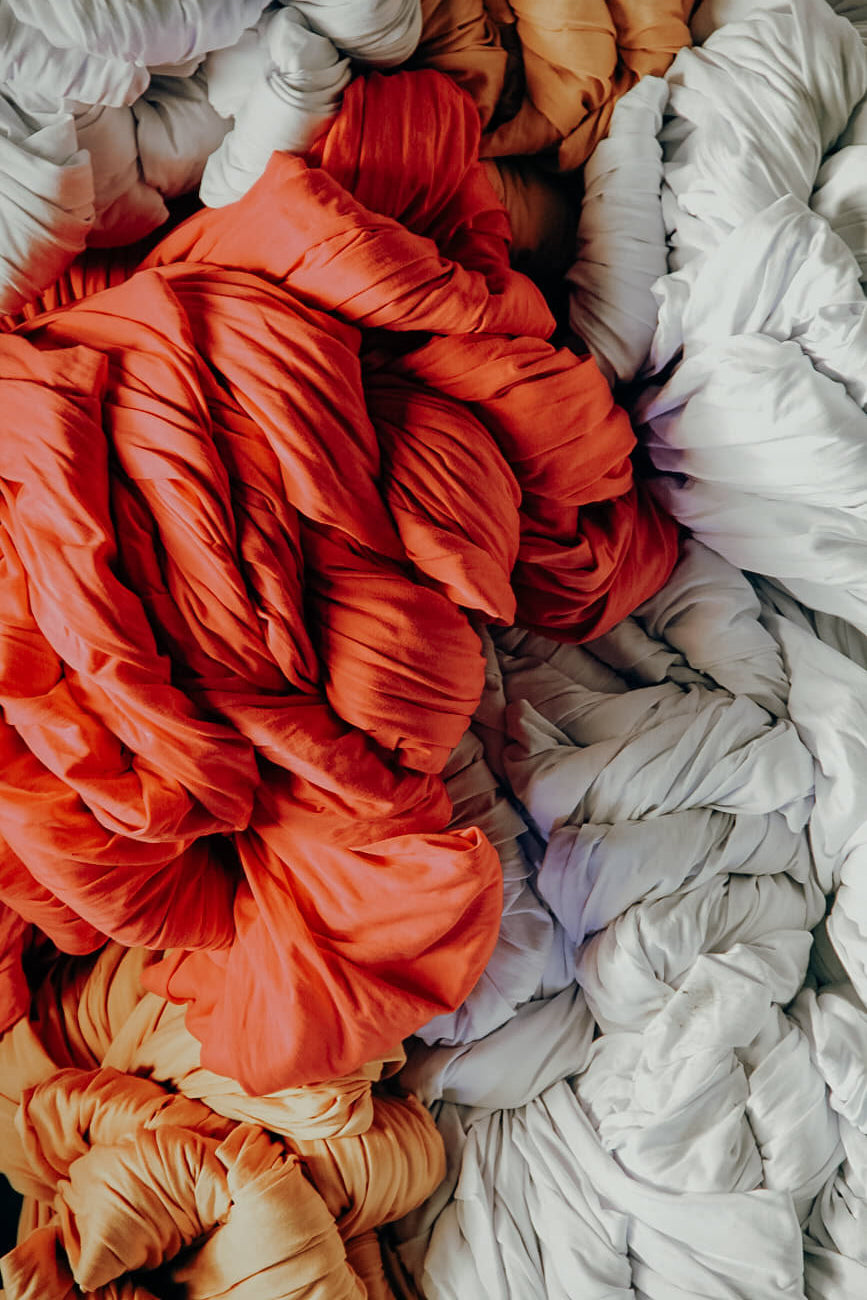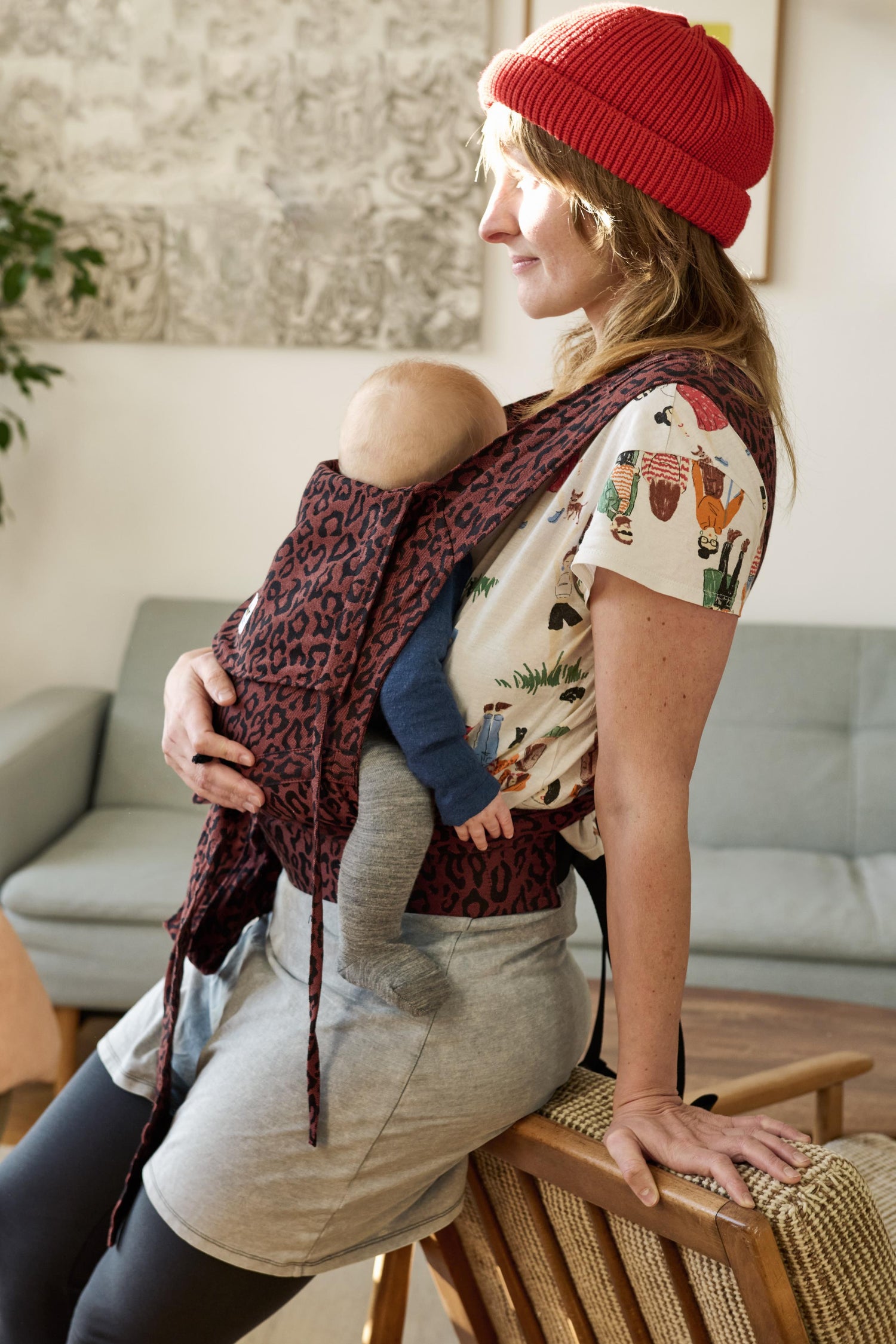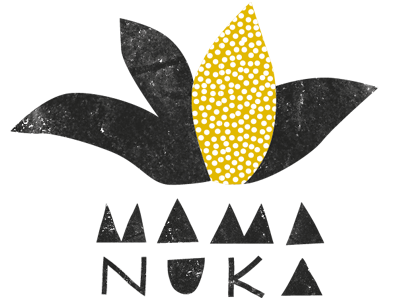
The world of vegetable coloring
Namaste, I'm Anna and an intern at Mama Nuka. Since our Mama Nuka sling fabrics are dyed purely vegetable with leaves, roots and flowers in an innovative process without any chemicals, I was able to take part in a workshop during my time in India to learn more about the topic and delve deeper into the world of vegetable dyeing to dive in In this post I write about what I experienced in three days and learned about the dyeing technique of our Mama Nuka cloths.
Colorful, more colorful, India
What I noticed immediately after my arrival in India: India is colorful - and so are the fabrics and clothes. While I usually encounter muted and neutral colors at home in everyday life and on the street, here it shines in bright tones. During my workshop time I therefore expected to be able to immerse myself in a world of motley colours.
One plant, multiple colors?
On the first day, I first received an introduction to the production of plant dyes: Which flowers and roots are suitable and which shades can be created from them? After that it was time for the first test. Exciting to see how different colors react with each other and how the result changes when they come into contact with air or water. That's how I learned, for example, that what looks brown at first glance when dyed can look red after washing it out with water. So imagination is required here. It was exciting to see which flowers, leaves and fruits form the desired colors of our Mama Nuka baby carrier and which elements they symbolize.

The program also included the implementation of Cold Dye and Hot Dye. As the name suggests, this is about whether the coloring is done with cold or hot water. In order to get to know the differences between the techniques, we tried both together in the workshop team. Depending on the technique used, the color result can be influenced. Since you have to keep the fabric moving in the water by dipping it up and down and turning it constantly, there is something meditative about dyeing and I enjoy testing, mixing colors and applying colors.
On the third day, it was time to apply the learned methods on your own. I was allowed to try my hand at a hot dye myself. I brought a couple of white T-shirts and blouses from my own closet that I wanted to add a bit more color to. It should be the following colors: green and blue. We first dyed the T-shirt in yellow vegetable dye. We had these leftovers from the day before and were able to use up the leftovers well. After we went through the hot-dye process, the t-shirt went on the clothesline to dry. We then dipped the t-shirt in indigo to give it a rich green colour. The dyeing process with indigo differs from that of the other colors, and the manufacturing process is also different. I particularly liked the coloring with indigo because of the rich shade of blue. We also made some nice tie dyes together in this tone.

I also learned that different fabrics take on the color differently. My polyester blouse took on the color differently than a cotton shirt. So there is not "one result", but the result can always be different with the same starting color - depending on the fabric, temperature, duration of the dyeing and so on. Hitting the desired tone is not that easy and a real art. This also makes the products that are purely vegetable-dyed, such as our Mama Nuka towels, very special.
Sewage? Are you kidding me? Are you serious when you say that!
Incidentally, the water used for coloring can be returned to nature and used to water plants. In the production of our Mama Nuka towels, we can thus bring the dye water back into the natural cycle.
For me it has been shown that dyeing with plants is really something special. So many different factors come into play and can affect the outcome. At home, I have definitely decided to breathe a little more color into my own wardrobe: because bright colors simply put you in a good mood! Especially if they are of completely natural origin.




